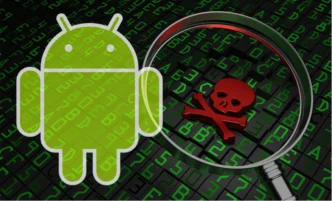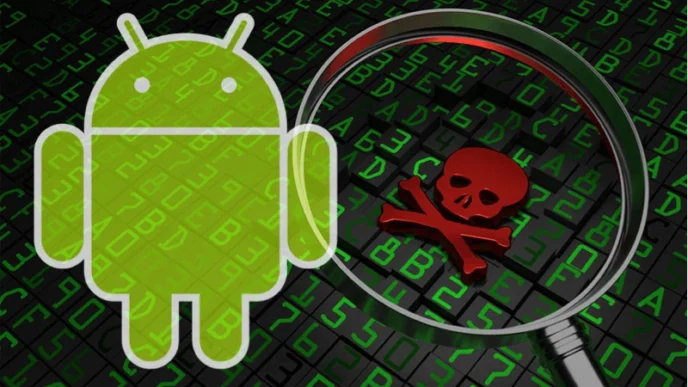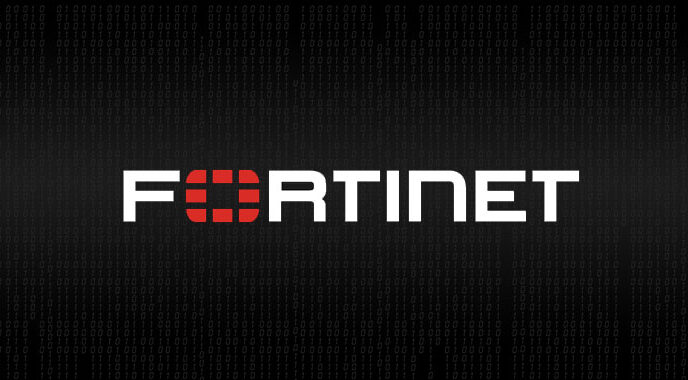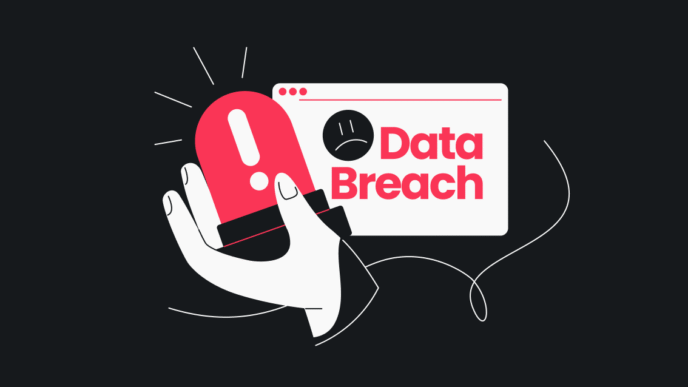Harvard University confirmed it was hit in an oracle ebs exploit campaign that targeted customers of Oracle’s E-Business Suite. The incident surfaced on October 12 when a ransomware leak site named Harvard and later posted a link to files it said were stolen. The hackers claim they published more than 1.3 terabytes of archives taken from the university. Independent verification of those files is not public, yet the size of the alleged leak alarmed security teams across higher education.
Harvard says its investigation is ongoing and that the incident appears to affect a small administrative unit. The university already patched the vulnerability that attackers exploited and says there is no evidence other systems were compromised. Still, officials have engaged outside cybersecurity experts and law enforcement to help determine what data, if any, was exposed. They are notifying impacted parties while trying to limit further damage.
Security firms and threat researchers tracked the same campaign for weeks before Harvard appeared on the leak site. Google’s Threat Intelligence Group and Mandiant report dozens of Oracle E-Business Suite customers were targeted. Investigators observed exploitation of both known and zero-day flaws in EBS, followed by data theft and extortion attempts. Oracle E-Business Suite often holds finance, payroll, supplier, and inventory records, which makes an oracle ebs exploit particularly serious for organizations that rely on it.
Ransomware actors often follow a clear playbook. They find a vulnerable enterprise component, move laterally, gather high-value files, and then threaten to publish the data unless victims pay. In this case, the extortion messages invoked the Cl0p ransomware brand, likely because that name carries weight among executives and incident responders. Cl0p has been linked to prior mass extortion campaigns that targeted file transfer and enterprise software products. Therefore, victims often feel extra pressure when the group’s branding appears.
Some investigators also link the activity to a financially motivated group known as FIN11. That group has a history of conducting ransomware and data-theft operations with sophisticated tooling. Mandiant and GTIG found several overlaps between this campaign and activity historically attributed to FIN11. CrowdStrike noted the exploitation timeline shows activity beginning in early August, although Google has indicators that probing may have started as early as July 10. This suggests attackers had weeks or months to move through networks and gather data before operators announced leaks.
The long dwell time matters because it increases the chance attackers accessed sensitive records before detection. Even when a breach is limited to one administrative unit, EBS instances often share integrations with other systems. As a result, metadata, credentials, or linked services can leak indirectly. Universities are particularly vulnerable because they run complex, fragmented IT estates. Departments sometimes manage their own systems and patch cycles vary. That decentralization creates gaps attackers can exploit.
This incident should prompt urgent review at other institutions and enterprises running Oracle E-Business Suite. First, apply vendor patches without delay. Second, audit admin accounts and enforce multi-factor authentication for EBS administrative access. Third, enable detailed logging and monitor file export activity for anomalies. Fourth, segment the network to separate EBS from other critical systems. These steps will not stop every attack, but they significantly raise the cost for intruders.
Oracle responded by urging customers to follow its guidance and apply fixes. Industry groups and security vendors are sharing detection rules and mitigation playbooks. Meanwhile, incident response teams are preparing for extortion emails that often follow such campaigns. Organizations that receive extortion demands should preserve evidence, consult legal counsel, and coordinate with law enforcement before deciding on any payment.
The Harvard incident also raises a wider question about lifecycle management for enterprise software. Many organizations run legacy configurations that are hard to patch without disrupting operations. Still, delaying updates leaves windows for attackers. Software vendors must supply clear upgrade paths and backport fixes where possible. At the same time, customers should treat third-party platforms as crown jewels and test patch deployments in a staged way so updates do not break critical processing.
Beyond immediate fixes, the oracle ebs exploit highlights the need for continuous threat hunting and proactive incident drills. Tabletop exercises that include third-party compromise scenarios help teams practice containment and communication. They also force organizations to map which vendors have access to sensitive datasets. That mapping pays dividends during a live response because it speeds up scoping and notification.
Harvard’s public posture so far aims to be transparent while containing alarm. The university signaled the impact is limited and emphasized rapid remediation. That approach can reduce reputational damage, but it does not eliminate legal or compliance obligations. If personal data or financial records were exposed, affected individuals and partners might require notification under various data-protection laws. Therefore, the investigation’s findings will drive next steps on disclosure and remediation.
Other organizations should watch for follow-up intelligence. Researchers expect more details to emerge about the specific vulnerabilities used and the malware tools employed. Those details will allow defenders to hunt for indicators of compromise across their estate and in partner systems. In addition, security teams should assume attackers will reuse successful tactics and extend scanning and monitoring to managed service providers and integrators that connect to EBS environments.
Finally, the Harvard episode is a reminder that cybersecurity is a continuous commitment, not a one-time project. Even world-class institutions must constantly test defenses, update configurations, and build operational resilience. The oracle ebs exploit shows how a single vulnerable component can ripple across a network and beyond. As enterprises modernize their software stacks, they must also modernize how they manage risk and coordinate with vendors and peers.
In the weeks ahead, investigators will release more intelligence on the campaign’s scope and methods. For now, Harvard stands as the first confirmed public victim. That reality underscores the stakes: enterprise platforms that centralize critical business data will remain attractive targets, and organizations must act quickly to reduce exposure and harden these systems against future exploitation.













